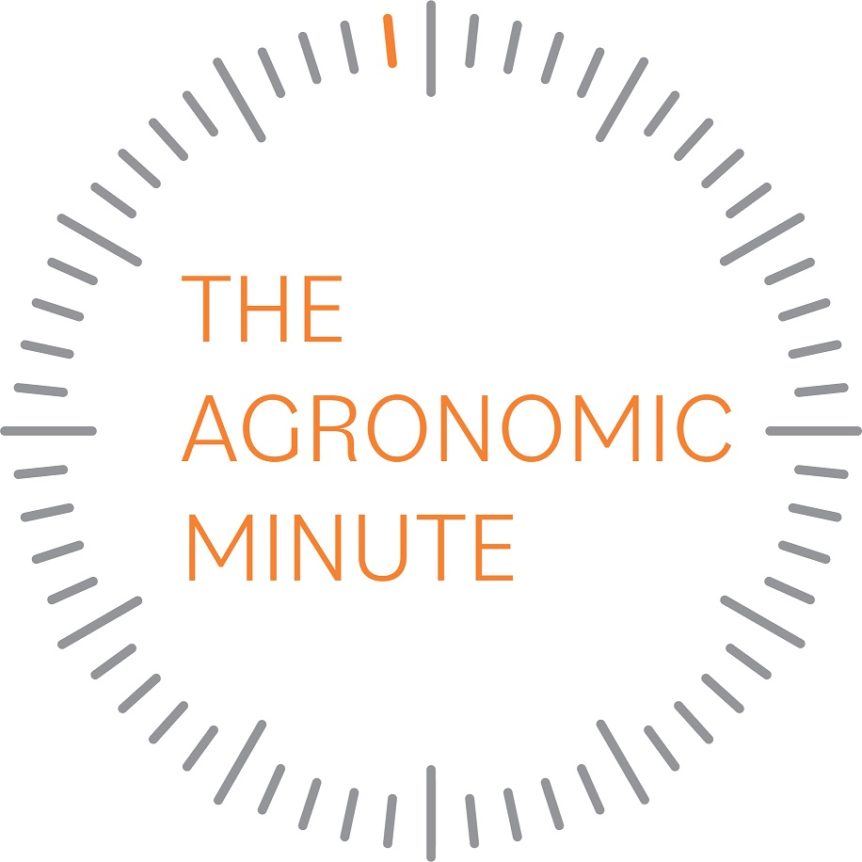Biosolutions are continuing to become a more popular tool available to growers looking to diversify their crop management approach. Products are available to help growers do anything from boost crop yields to protect from pest and disease damage. UPL Technical Service Manager, Emily Smith said biosolutions come in a variety of different forms.
“They can be plant health types of products. They can be biofungicides, bioinsecticides, and they can be seaweed products. They can be plant extracts. It really sort of depends,” Smith noted. “There’s so many different biosolutions on the market today that companies are really getting creative with them.”
Predominately used in organic production, biosolutions are being more widely adopted in conventional systems as well. Integrating certain biological products into conventional production is showing to provide a multitude of benefits for growers. “They pair well really nicely with other crop protection products in that some of them increase efficacy of the conventional products. They usually have no MRL issues. They have a short pre-harvest interval,” said Smith.
There is not a single, universal way to adopt biosolutions as an addition to other crop management programs. Because they are naturally derived products, they can provide a unique mode of action outside of conventional materials and help mitigate instances of resistance. Each farming operation will be different in their needs and what products may be best suited to address specific areas of concern. Smith explained that UPL has a host of biosolutions available that can help growers handle a variety of issues.
“We have a product called VACCIPLANT and that’s also a plant extract but it is a registered fungicide and that does increase efficacy or helps the plant metabolize other systemic products,” said Smith. “We have another product that’s conventional, but it does have a biological registration and that is PH-D. It is a biofungicide that works very, very well as a knockdown.”
Listen to the full episode below.











